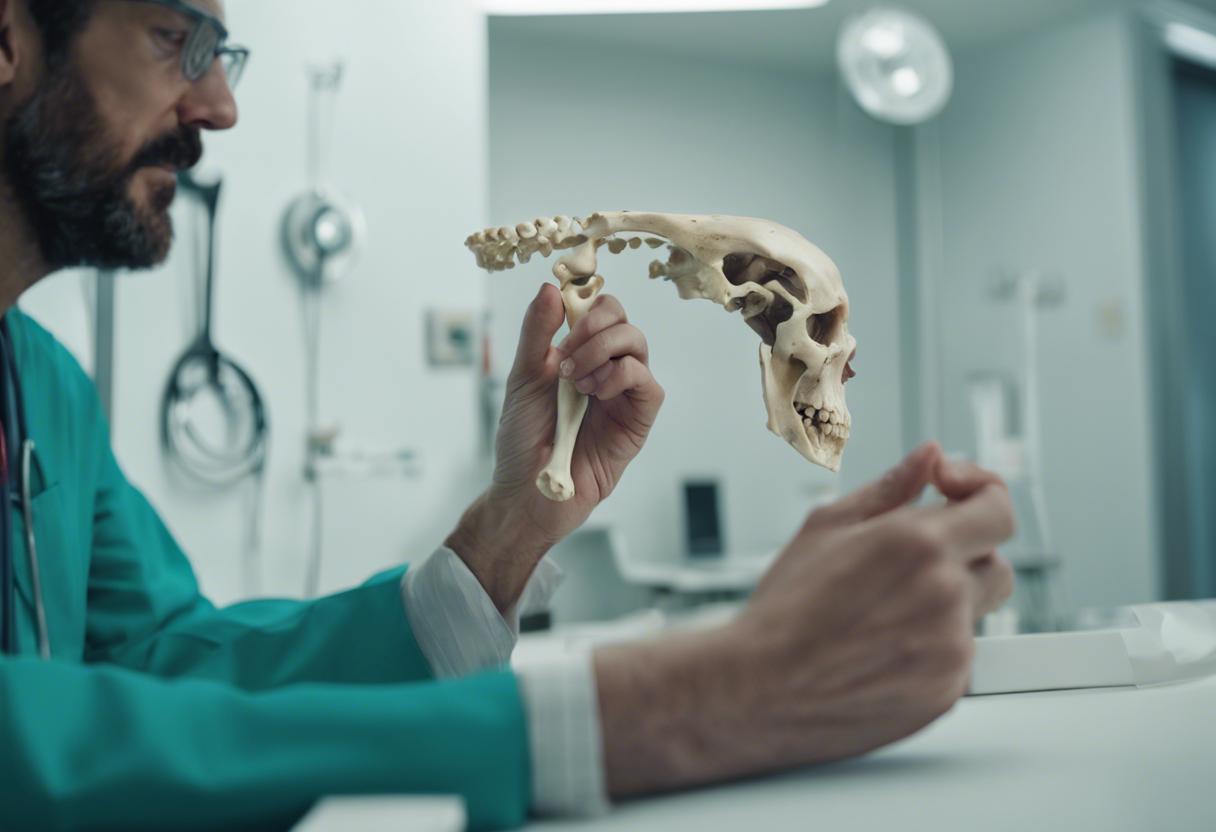Medical professionals are advocating for the implementation of a nationwide strategy to combat osteoporosis, in the light of recent studies revealing that as many as 70% of patients are not administered suitable treatment, and osteoporotic fractures comprise a major part of serious public hospital admissions.
Osteoporosis, a disorder that can lead to easily breakable bones due to gaps developing within them, affects approximately 300,000 individuals in Ireland. As per the Irish Osteoporosis Society, a mere 19% of these cases are correctly diagnosed.
Certain clinicians teamed with academics from the University of Galway to analyse data from a survey involving over 5,000 men and women who were referred to the hospital’s osteoporosis services. The results, shared to align with World Osteoporosis Day, highlighted the over-treatment of patients at a low risk of osteoporosis and under-treatment of those requiring urgent medication.
Data indicated that the bulk of men (70%) and women (54%) with an extremely high risk of fractures do not receive treatment. A greater number of men (80%) and women (70%) who are at risk do not take the appropriate treatment.
Even though Ireland is heavily affected by this bone ailment, accounting for nearly 10% of the healthcare budget and being one of the most widespread and debilitating conditions in the country, Ireland lacks a programme specifically targeting osteoporosis.
The researchers argue that a national osteoporosis programme could potentially correct these discrepancies, reduce excess expense in the health system, prevent overdiagnosis, and excessive prescription, and improve targeted prescribing for those most vulnerable to osteoporosis.
Professor John Carey, a leading researcher at Galway University, stated that excessive medication prescribing for individuals with low risk has created a misleading perception or “ecological fallacy” that the treatment gap for osteoporosis patients in Ireland is quite narrow. He claims that when treating conditions are considered, the gap is inexcusably large. Professor Carey believes that a nationwide osteoporosis programme could rectify these disparities, cut down on waste, lessen patient harm and enhance the treatment for those who stand to gain the most. This could lead to substantial upgrades in care quality and cost-effectiveness.
The study revealed a prevalent trend of prescribing calcium and vitamin D to individuals worried about their bone health, despite robust evidence indicating that while such supplementation may be beneficial for most, it carries a significant cost and can induce harm, including an increased fracture risk. The prescribing of calcium and vitamin D surpasses osteoporosis medication prescribing and carries a similar cost to osteoporosis medications, which are backed up by comprehensive evidence advocating their use.
The research disclosed an alarming trend of prescribing osteoporosis medication to numerous low-risk individuals who do not require it, while the majority who are in real need are left untreated. The researchers estimated that 60-70% of patients are not getting the needed treatment.
The interdisciplinary team at Galway University, composed of clinicians, computer scientists and engineers, utilises modern scanning technology to evaluate a patient’s risk of a fracture, monitor their progress, and supervise their treatment.
Numerous patients, Professor Carey said, have undergone unnecessary testing, following which incorrect report interpretations have led to over-medication, significant harm to the patients, and associated costs.
He advocated for a national program that could significantly curb waste and offer better quality care at value for money, viewed as a goal the government should be actively pursuing.

